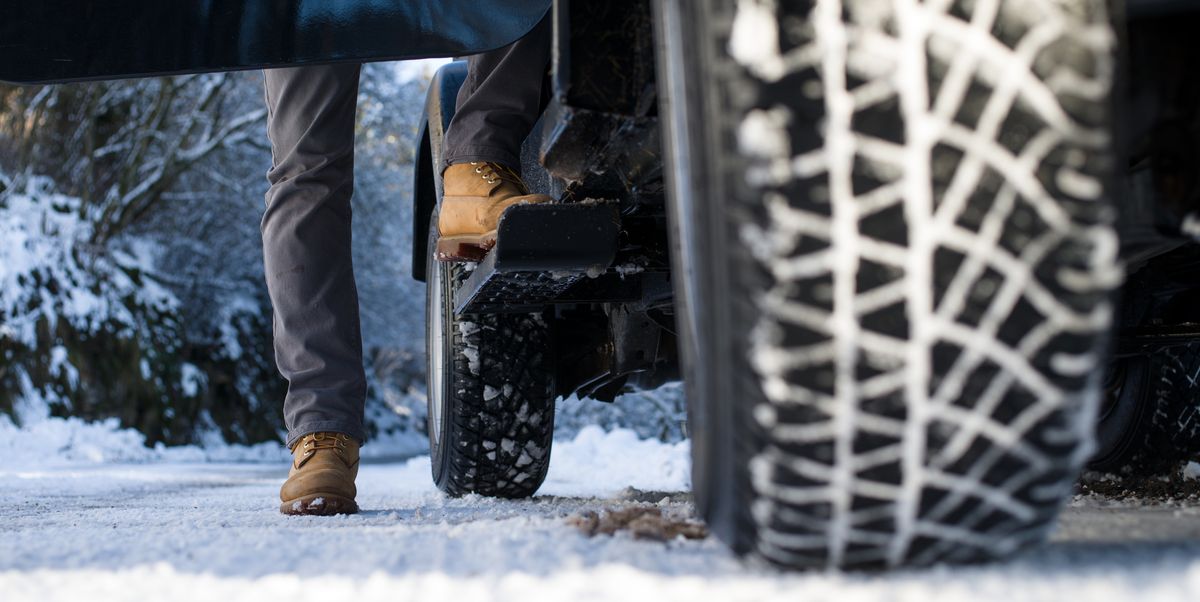Blog
Maintenance
Oct 13, 2022
PreviousHow much do winter tires cost for low-end, mid-range & premium brands? What impact do tires sizes and brands have on total costs? We explain, plus offer 5 simple money-saving tips if you're in the market for a set of winter tires this year.
Research Categories
Get free, simple, and expert-backed tips on everything you need to know about buying your next vehicle (or making your current one last longer).
Sign Me Up!
Maintenance | Nov 8, 2022
Warning lights in the instrument cluster provide information on potential vehicle issues and safety concerns.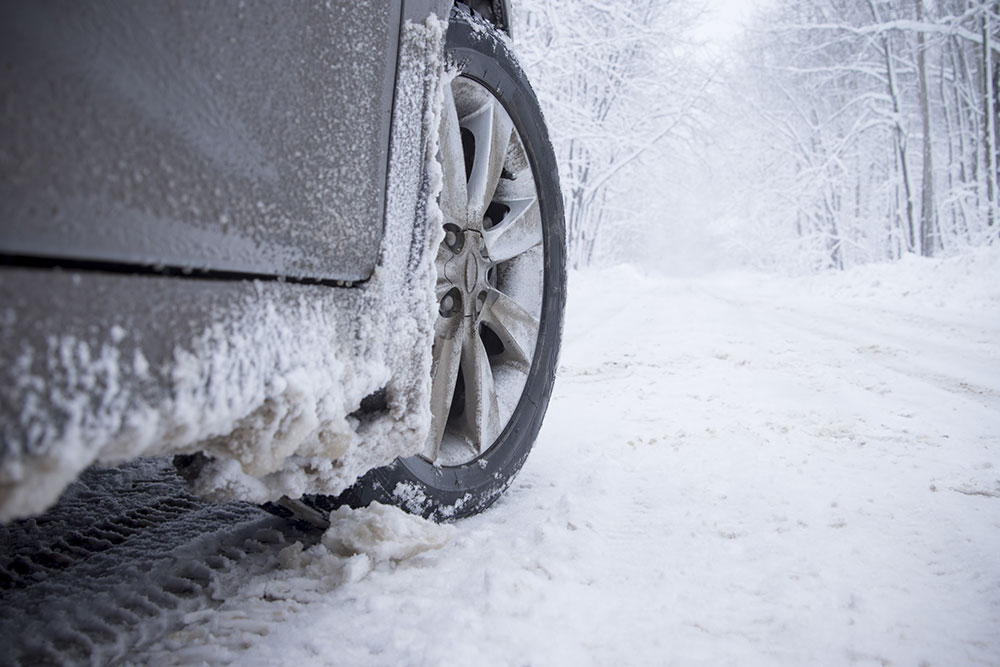 We have a list of many of them and what they mean....
We have a list of many of them and what they mean....
Maintenance | Nov 4, 2022
There may be several lights in your car’s instrument cluster, but the one that always seems to stand out is the one you don’t want to see: the check engine ligh...
Read this StoryMaintenance | Oct 17, 2022
From the moment you hit the road in your brand new car or truck, its value begins to decrease. Your vehicle becomes worth less and less with every passing day a...
Your vehicle becomes worth less and less with every passing day a...
Maintenance | Oct 7, 2022
The continuously variable transmission, or CVT, is finding its way into more vehicles all the time. Knowing more about CVTs can help you make the right decision...
Read this StoryMaintenance | Sep 12, 2022
It’s been decades since nitrogen gas was first used in place of good old-fashioned air to inflate the tires on a car.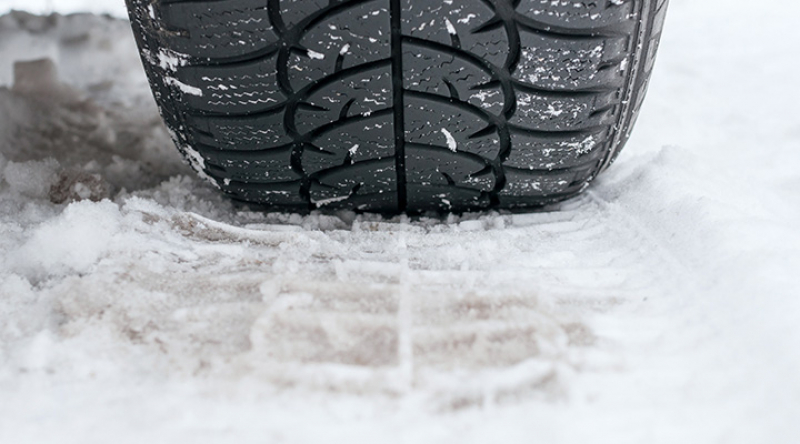 In the years since, nitrogen has been vali...
In the years since, nitrogen has been vali...
Maintenance | Aug 15, 2022
For some, detailing cars is a pricey passion. For others, an affordable D.I.Y. detail is just the ticket. With the right products and some useful hacks, you can...
Read this StoryAs another Canadian winter approaches so will the countless ads for winter tires. After seeing many of these ads you may ask yourself, “Do I really need winter tires?” or “Can I actually afford winter tires?” In many cases the answer is that you can’t afford NOT to get yourself winter tires. After setting some simple guidelines and doing a little math you will easily be able to make an informed decision.
Winter tires cost $80 to $200 per tire or $360 to $800 for a set of 4.
| Level | Price range |
|---|---|
| Low-end | < $100 |
| Mid-range | $100 to $200 |
| High-end | > $200 |
Prices listed in the table below apply to the popular 205/55R16 size, which is suitable for compact cars like the Honda Civic, Hyundai Elantra, Mazda3 and Toyota Corolla. Prices are based on TireRack.com, Kal Tire, 1010Tires and Canadian Tire and do not include the cost of installation and balancing.
| Tire | Price per tire |
|---|---|
| Nokian Hakkapeliitta R3 | $225 |
| Michelin X-Ice Snow | $190 |
| Bridgestone Blizzak WS90 | $167 |
| Continental VikingContact 7 | $184 |
| Pirelli Ice Zero FR | $204 |
| General Altimax Arctic 12 | $157 |
| Yokohama BluEarth Winter V905 | $171 |
| Nokian Hakkapeliitta 9 | $199 |
The initial upfront cost required to buy winter tires can lead some to assume they can’t afford them. Including a set of new rims, you can expect to pay $800 to $1500 for a midsize car. However, you will find several tire promotions available all year that offer good discounts and you may qualify for insurance rebates by using winter tires during the winter months thanks to the added safety they provide.
Including a set of new rims, you can expect to pay $800 to $1500 for a midsize car. However, you will find several tire promotions available all year that offer good discounts and you may qualify for insurance rebates by using winter tires during the winter months thanks to the added safety they provide.
The cost associated with installation and required maintenance will depend on having 2 sets of rims or not. Size may also increase fees but you should be informed if this applies.
The following is the cost comparison over the 5 year period that your winter tires will last before they need to be replaced.
If you have one set of rims then your summer/winter tires have to be removed and the other installed. Swapping the tires on the rims costs $60 to $80. It is labor-intensive and should include wheel balancing as well.
If you have two sets of rims then your tires – summer and winter – are already mounted so the time/labor that is required is much less. This should include an air pressure check and top-up. If you are having other services performed some shops will not charge extra to change them over.
If you factor in a couple of tire balances ($50) over 5 years your maintenance costs are from $100 less to about equal, but using a second set of rims means it takes much less time to change tires, you can change them yourself, you own 2 sets of rims instead of 1 and limiting the number of times a tire is removed and mounted to a rim reduces the chances of damaging the bead.
A few things to consider are tire balancing, tire storage and tire pressure sensors (TPMS). Although balancing is included when 1 set of rims are being used it should not go unchecked with already mounted tires. A small imbalance can increase tire wear.
Seasonal balancing costs $50 to $150 (high-end is if road force balancing required)
The cost to rotate 4 tires is $20 to $40.
Seasonal tire storage costs $40 to $100.
If you live in an apartment or condo, you may not have space to store the set of tires that aren’t on your vehicle.
Other than the price, you should ask about the storage conditions and if storage will be handled by a third party. Improper storage conditions (eg. not climate-controlled) will have an adverse affect on tire rubber compounds and can lead to premature tire failure.
You may also want to ask if your tires will be insured and how you will be reimbursed if they are misplaced, damaged or stolen.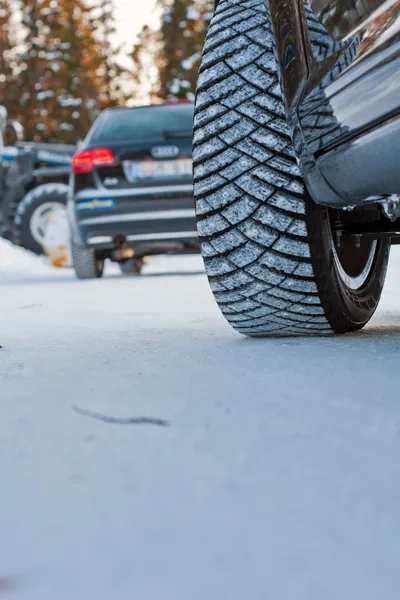
Tire pressure monitoring sensors (TPMS) measure the current pressure in the four tires and cost around $100 per sensor.
They are not required by law but can be a reliable safety device when used properly. You may have a dashboard light on at all times if the system does not have sensors installed.
Keeping close track of your tire pressure can improve the longevity of the tire, improve fuel mileage and, most importantly, alert you to any sudden changes in air pressure that may indicate a leak or puncture.
Here are a few ways to save on winter tires:
You can find some great deals on winter tires on Kijiji or Facebook Marketplace where they sell at deep discounts. However, just like for used cars, it can be hard to determine how well they were treated by their former owner and how much life they have left just by looking at it.
Follow the tips in our winter tires buying guide to ensure you get the right type, size and age of tires.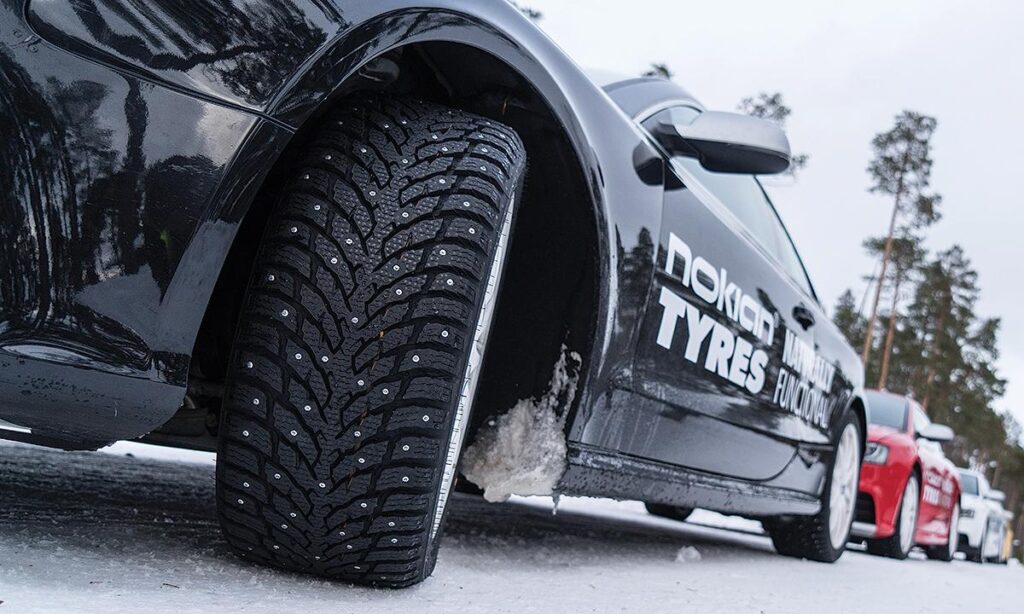 Other tips:
Other tips:
Have a shop mount and balance the tires to a second set of rims. The company you bought the tires from should be willing to do this for a low fee, but the average cost is $30 to $50. Don’t pay to install them, instead, take them home and change them yourself which will save you around $50 to $60.
As of Jan. 1st, 2016, all Ontario insurance companies are required by law to offer some type of winter tire premium discount. A similar requirement was put into place in Newfoundland in 2020. The average discount is 5%.
Most tire retailers will regularly offer rebates such as the common “Buy 3 Get One Free”. Some of these are direct rebates and others may be customer mail-in rebates. They usually come in the form of gift cards or prepaid cards and rebate amounts will vary from size, model and brand.
The increased safety and control in harsh winters and rainy summers is more than enough to justify the decision to purchase of winter tires – especially if you drive a lot throughout the winter – and you may also benefit from insurance savings along with better fuel mileage that comes with having properly maintained tires.
For reference, 76% of all Canadians (69% outside of Quebec, where winter tires are mandated) switch over to winter tires in the winter months to give them better traction and control on snowy and icy roads – with 79% of owners believing that they have saved them a potentially hazardous situation.
All season tires cost $80 to $125 per tire (including installation and balancing).
All season tires remain affordable but have been referred to as “No-Season” tires because they can be lousy in the warm weather and worse in cold temperatures. The tread design of an all season tire offers a quiet and smooth ride but at the expense of handling in adverse conditions – hot or cold. Initially any new tire with good treads will provide decent traction but after a few kilometers of wear the performance fall off is drastic.
The science behind tires and temperature is relatively simple. As a rubber compound gets colder, it gets harder. Think of a hockey puck sliding on ice.
Conversely, as the same compound gets warmer it gets softer. At this point the tire will act like a pencil eraser used on paper, push hard enough and the rubber peels away onto the paper, or road for our purposes.
So a winter is made of a softer compound so that it remains soft at colder temperatures, usually 7°C is the industry standard. A summer tire will maintain proper handling characteristics when temperatures climb.
A summer tire will maintain proper handling characteristics when temperatures climb.
Related: Best all season tires
Below is what I personally paid for my tires and rims. Leave a comment and let me know about your winter tire buying experience!
Assessing the condition of tires
Before the start of the season, it is important to decide whether you will buy a new set of winter tires or use the ones you already have from previous seasons. Take a close look at your tires - storage position, humidity, temperature and other factors may have affected their performance and appearance.
Tires not stored on rims are particularly susceptible to deformation. Then measure the residual tread depth: the maximum permissible value for a passenger car in winter is 4 mm (and in summer - 1.6 mm). Evaluate the uniformity of tire wear, examine them for swelling or cuts in the sidewalls - tires with these defects cannot be used.
If you decide to use existing tires rather than purchase new ones, it is best to swap front and rear axle tires when changing tires - this approach promotes even wear (therefore, when preparing tires for storage, they should be labeled - "front / rear axle, left / right tire"). Remember that worn tires should only be replaced in pairs, as it is dangerous to install tires with different tread patterns or significantly different levels of wear on the same axle. If necessary, after installation, adjust the wheel alignment in the service.
Spiked or Velcro?
The choice of winter tires largely depends on how you plan to operate the car during the winter period and in what climatic conditions you live.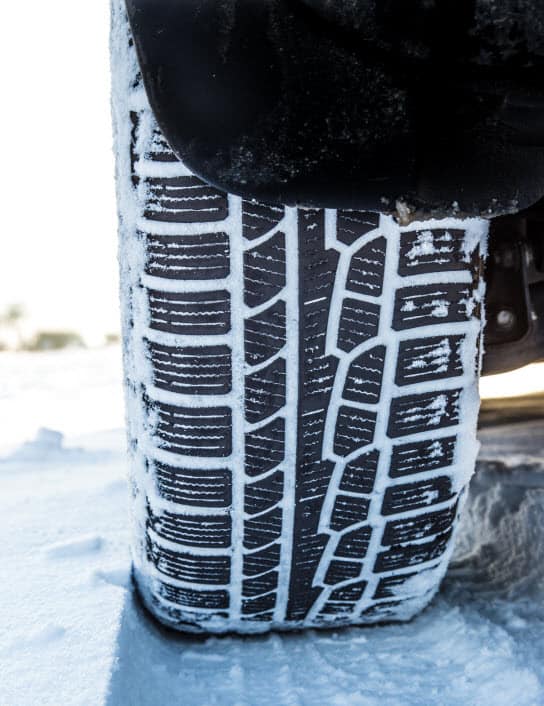
If you are planning off-road trips in the winter, and it is severely cold outside your window, it is better to opt for studded tires - they cope better with icy roads.
And for trips inside a big city, where regular road treatment, snow removal and high speed is set, it is better to consider friction tires, the so-called "Velcro" - on flat and dry roads at temperatures below 15℃ (but above 0- 3℃) they show better grip. In addition, on loose snow, friction tires perform better than studded ones. The use of "studs" in the city increases the risk of an accident, since this type of rubber significantly lengthens the braking distance on asphalt.
Learning from someone else's experience
At the stage of choosing a manufacturer and a model of interest, you should read the reviews about it from other motorists - network users often share their experience of using certain tires on a particular model.
It is best to consider buying tires from a well-known brand that has a representative office in our country - then in case of damage to one tire, you are guaranteed to be able to replace it.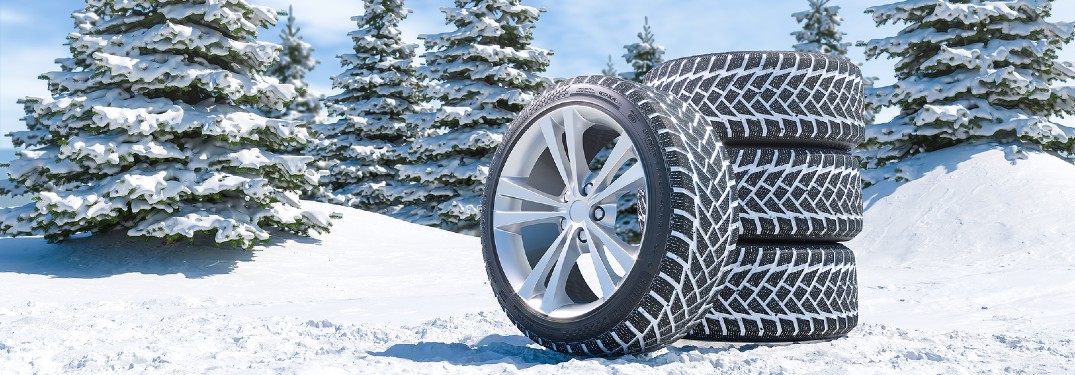
Choosing a tread pattern
Another important factor to consider when choosing winter tires is the type of tread pattern. It affects both driving characteristics, and how rubber will be protected from damage in certain operating conditions, and the efficiency of water removal from under the tire (which affects grip on wet surfaces).
Symmetrical non-directional pattern - versatile. A car on rubber with such a pattern is comfortable to drive and has good grip on unpaved surfaces. In addition, rubber with this type of tread pattern is the best in self-cleaning from dirt and moisture and wicks water, so it is a great option for winter trips in the countryside.
Directional symmetrical pattern - budget and versatile for any surface, with good handling at high speeds. Such a pattern effectively removes water, dirt and snow, provides a confident ride on the city track.
However, tires with this pattern are most susceptible to rapid wear, and on some car models they can make a lot of noise while driving. Non-directional asymmetric pattern - the most expensive and innovative tread pattern, which guarantees excellent grip, good handling and high-quality lateral stability of the car.
Non-directional asymmetric pattern - the most expensive and innovative tread pattern, which guarantees excellent grip, good handling and high-quality lateral stability of the car.
This rubber is able to withstand high loads, which makes it suitable for high-performance premium cars (Mercedes-Benz, Porsche, etc.) and luxury (Lamborghini, Maserati, etc.) segments.
We select shoes by size
Next, it is important to determine the key tire parameters. They are individual for each car - information on the optimal tire width, profile height and landing diameter can be found in the instruction manual, on the official website of the automaker, or by looking at the side of the tires already installed on the car.
This code is easy to understand: for example, the marking 255/30 R20 means that the tire width is 255 mm, the percentage of tire height to its width is 30%, and the inner diameter of the tire is 20 inches.
In addition to the basic parameters, the tire marking also includes the speed and load index - the maximum allowable values for this type of rubber (knowledge of this indicator is especially important for owners of premium sports cars).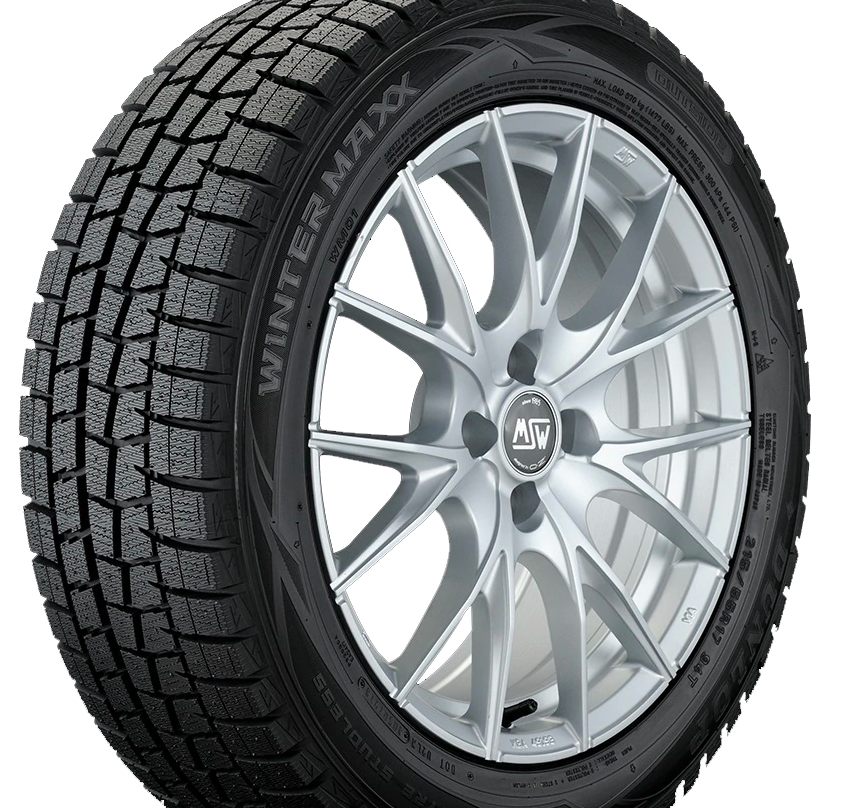 Some motorists choose to install tires that do not meet the recommended parameters in order to affect the comfort, handling or appearance of the car. Experts recommend doing this only after consulting a technical specialist.
Some motorists choose to install tires that do not meet the recommended parameters in order to affect the comfort, handling or appearance of the car. Experts recommend doing this only after consulting a technical specialist.
Is the savings worth it?
Choosing winter tires, you should proceed from the optimal ratio of price to quality. For cars of a high price segment, one should not focus on the very bottom of the market and save on rubber - this approach can lead to poor speed performance, rapid suspension wear or increased fuel consumption.
For cars of medium and low price segments, you can choose any tires according to the cost - usually the price category of a car corresponds to the price category of tires purchased for it. However, it is worth remembering that the cheapest options can cope with braking worse and complicate movement on snow and ice. Some car enthusiasts prefer to buy winter tires in the secondary market in order to save money.
When purchasing both new and used winter tires, you should make sure that their age does not exceed a year and a half, otherwise there is a high risk of getting tires with unsatisfactory performance properties. Experts recommend making a choice in favor of new tires - this is the only way to be sure of their quality, because it directly affects the safety of driving a car in the winter season.
Experts recommend making a choice in favor of new tires - this is the only way to be sure of their quality, because it directly affects the safety of driving a car in the winter season.
After all, Velcro rubber holds the road no worse than a studded tread, in addition, it does not disfigure the asphalt and does not slip on a hard surface. These advantages propelled non-studded winter tires to the top of the list of consumer preferences, where they have remained to this day. But what constitutes Velcro tires, unfortunately, not all drivers who choose exclusively studded models for the winter understand (this is not yet prohibited in Russia). Therefore, further in the text we will try to answer the most burning questions of drivers who want to change the spikes to Velcro.
Friction model is a winter or all-weather type of tire without studs. In the people it is called "Velcro". This nickname appeared as a result of rumors about the increased adhesion of tires, which supposedly “sticks” to any surface. In fact, Velcro works quite differently.
In the people it is called "Velcro". This nickname appeared as a result of rumors about the increased adhesion of tires, which supposedly “sticks” to any surface. In fact, Velcro works quite differently.
Studded model bites into crust or ice with round or rectangular metal inserts. The mechanism of operation of such a wheel is clear to everyone. The friction model is more complicated - it clings to the road, snow and ice due to the increased coefficient of friction. Moreover, the increased value of the friction force is provided by three components:

Increased friction has replaced the studs used in winter tires since the 1930s. This replacement predetermined the main vector of designing tires for cold climates, as a result of which not only asphalt-friendly winter models appeared on the market, but also all-season options suitable for riding at any time of the year.
First of all, the lack of studs. But not all studded models are supplied to the consumer with installed inserts, in addition, metal studs may fall out of the tread. How, in this case, to distinguish Velcro from the studded version without inserts? Very simple - pay attention to the following points:
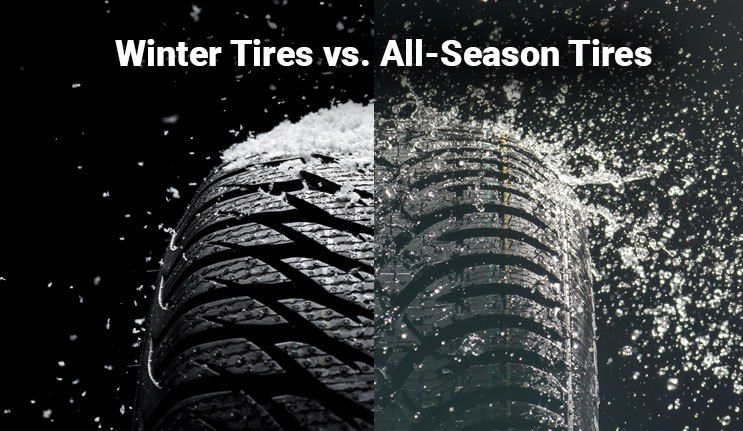
By controlling these points, you will distinguish any kind of Velcro from a studded model, and you will not buy a worn wheel with dropped studs under the guise of a friction option.
Manufacturers of winter wheels are ready to offer customers only two types of friction models:
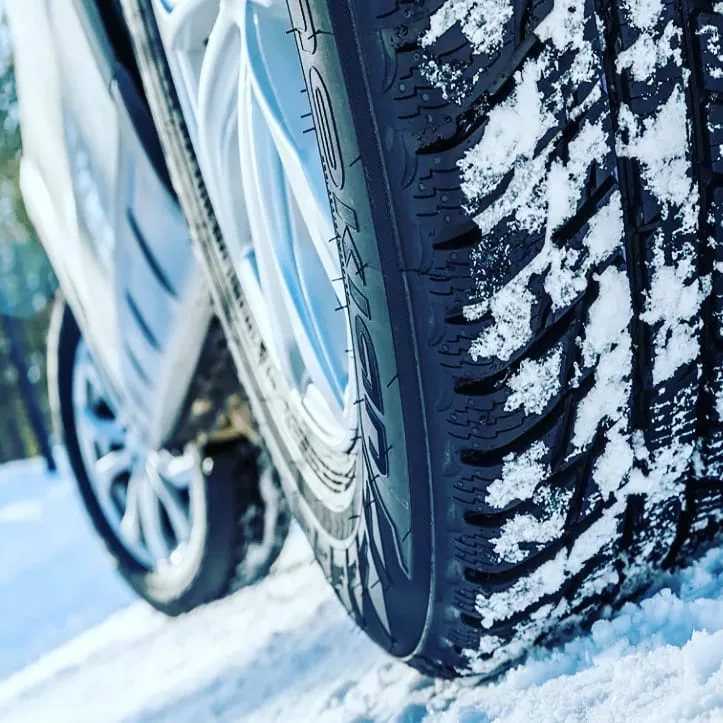 The shoulders of the European model are more sloping. In addition, in terms of the composition of rubber hardness (up to 67 Shore units), this option resembles all-season tires. The European speed index is H or V (220 or 240 km/h).
The shoulders of the European model are more sloping. In addition, in terms of the composition of rubber hardness (up to 67 Shore units), this option resembles all-season tires. The European speed index is H or V (220 or 240 km/h). The Scandinavian version has a second name - arctic (or alpine) tires. Moreover, some models from this series allow temporary installation of studs, and the Scandinavian tread pattern is also found on studded tires from some manufacturers. The European version is designed for fast driving on snow-cleared streets and autobahns. Such a tire is closer to all-season models than to classic winter tires.
Scandinavian Velcro is designed for severe off-road. They will overcome both the icy roadbed and virgin snow. The wavy edges of the “cubes” and V-shaped protrusions of the arctic tread are ready to cling to any bumps, and the soft rubber literally flows into microcracks under the pressure of the wheel.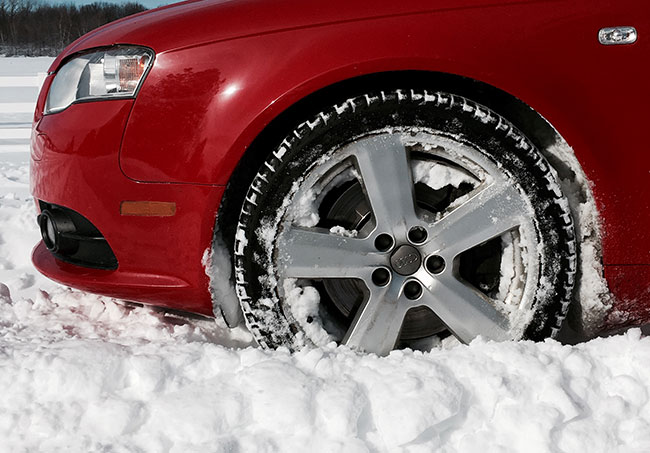
Tests of such tires show excellent results on any off-road, and in severe frost they are ready to compete even with studded options. Arctic rubber retains elasticity even at -25°C, so its braking distance will not differ from that of a studded tread.
Winter
Tires Goodyear UltraGrip Cargo
Winter Drive Protection Sound Comfort
Rating:
4.5
Tires Goodyear UltraGrip Ice 2
Winter Drive Protection Sound Comfort
Rating:
4.5
Tires Goodyear UltraGrip Ice SUV
Winter Drive protection
Rating:
4. 5
5
Tires Goodyear UltraGrip Ice +
Winter Drive protection
Tires Goodyear UltraGrip Arctic 2
Winter Drive Protection Run On Flat
Rating:
4.5
Tires Goodyear UltraGrip Performance Gen-1
Winter Drive Protection Run On Flat
Rating:
4
Tires Goodyear UltraGrip Performance 2
Winter Drive protection
Tires Goodyear UltraGrip Ice 2+
The weak side of the "Scandinavians" is too soft rubber.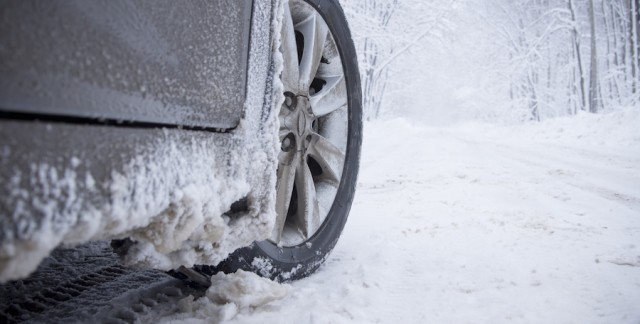 The tread of such a tire wears out faster than that of a “European”, in addition, a too soft tire begins to “walk” on a hard surface. Drivers note slow reactions to turns and sharp maneuvers when moving from virgin snow to asphalt.
The tread of such a tire wears out faster than that of a “European”, in addition, a too soft tire begins to “walk” on a hard surface. Drivers note slow reactions to turns and sharp maneuvers when moving from virgin snow to asphalt.
Scandinavian tires are designed for trips outside the city, on snowy streets or highways. There is nothing to do in the city on such tires.
European Velcro is the best tire for slushy winters. It differs from the Scandinavian with an almost summer tread pattern. Rounded shoulders, a dense arrangement of cubes and V-elements, a solid sidewall and an abundance of water-removing sipes - all this allows the “European” to move on a winter road at summer speeds (over 200 km / h) without losing grip on the track.
Tests of such tires show the similarity of the results of European tires and all-season tires. Between -5 and 7°C they have about the same stopping distance and similar hydroplaning resistance.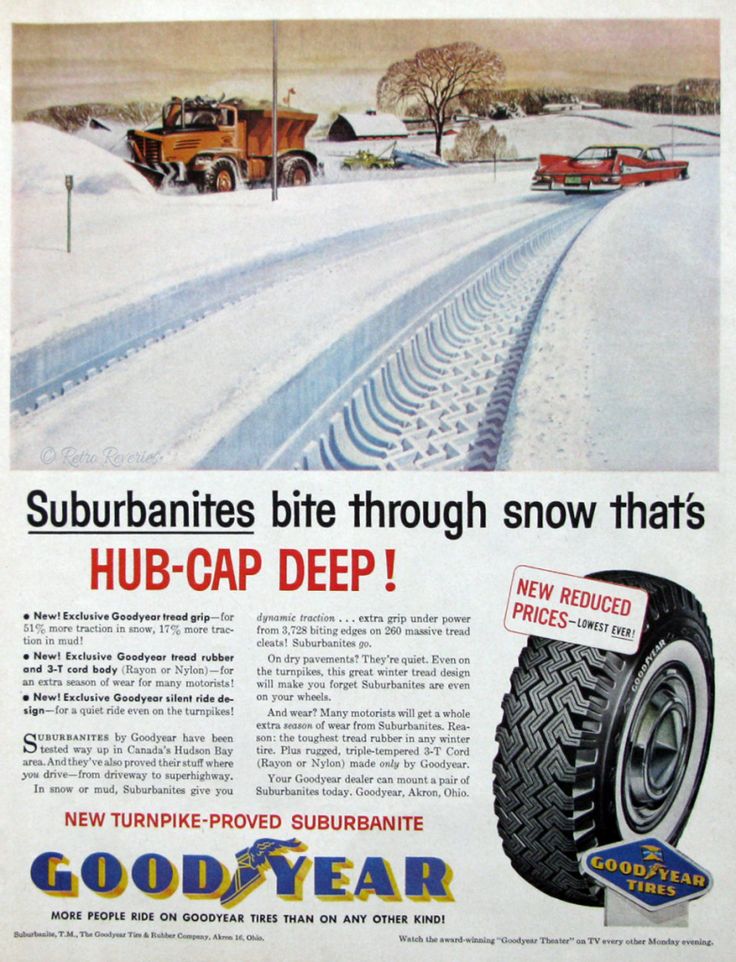 However, at low temperatures, the “European” bypasses any all-season tires, demonstrating better handling and minimal braking distance even at -20 ° C.
However, at low temperatures, the “European” bypasses any all-season tires, demonstrating better handling and minimal braking distance even at -20 ° C.
The downside of "Europeans" can be called the relationship between the braking distance and the type of coverage - on ice or on a snowy road, these tires do not feel as confident as on wet or dry pavement. For an extreme road, they have too much rubber hardness.
European tires bought for city driving. Moreover, they can be installed already in September - they do not “walk” on a paved road even at 15-17 ° C.
When choosing a tire for a car of a particular brand, they operate with the following criteria:
